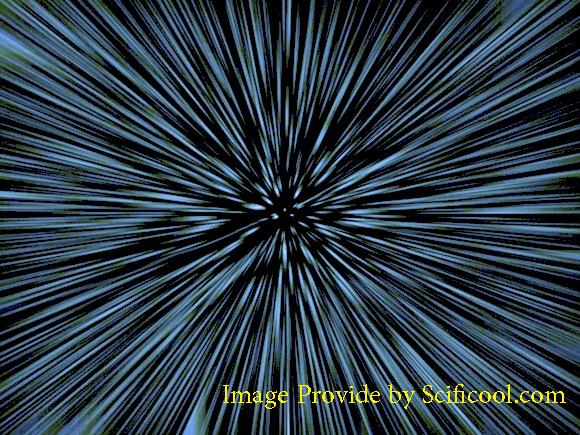 Traveling
Faster
than the Speed of
Light
Traveling
Faster
than the Speed of
LightThe current understanding of the laws of physics impose a limit on the maximum possible velocity that could be achieved; the speed of light. For decades, scientists and dreamers have tried to come up with ways to conquer this supposed speed limit. Many sci-fi films and television shows depict interstellar travel ocurring at speeds faster than the speed of light. One possible solution lies in warp drives. Spaceships would travel faster than light, without actually going faster than the speed of light.
Gerald Cleaver stated, "We think we can create an effective warp drive, based on general relativity and string theory". The concept behind a faster-than-light drive consists of creating a bubble in space-time behind the ship, and shrinking space-time in front of the ship. The ship would remain in a bubble of space time and essentially be pushed forward by the bubble at speeds greater than light. Essentially, what the ship would be doing would be recreating the conditions just after the big bang when the fabric of space traveled faster than the speed of light. The challenge would be harnessing the energy required to create the bubble. Estimates put the neccessary energy requirements around 10^45 joules, or about the amount of energy one would get from converting a mass the size of Jupiter to pure energy (Obousy and Cleaver). Currently, the technology is not there to create such a large amount of energy, but it could be in the future. If warp drives are plausible, it would still be hundreds of years before mankind could engineer the technology.